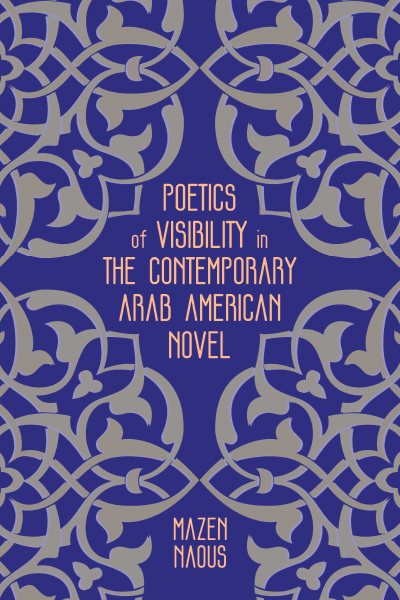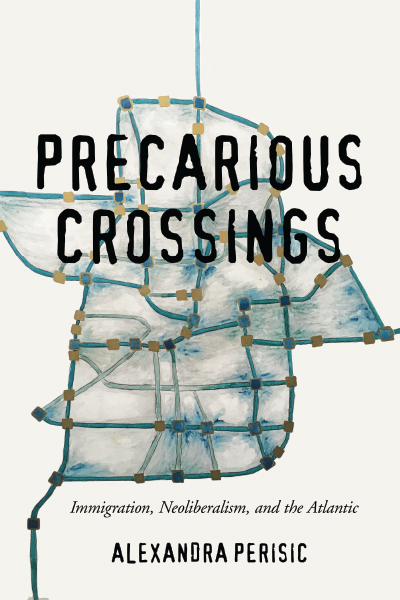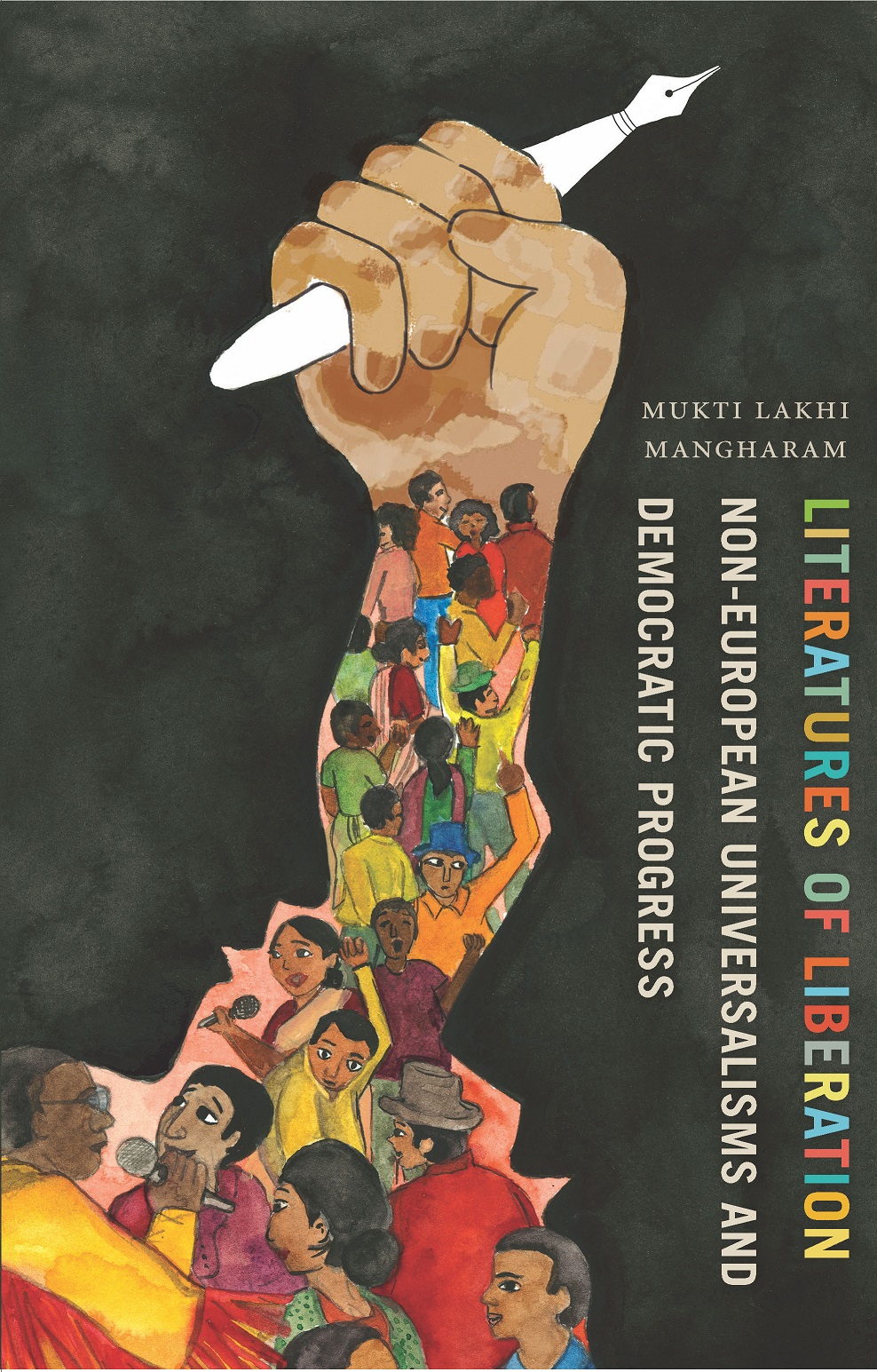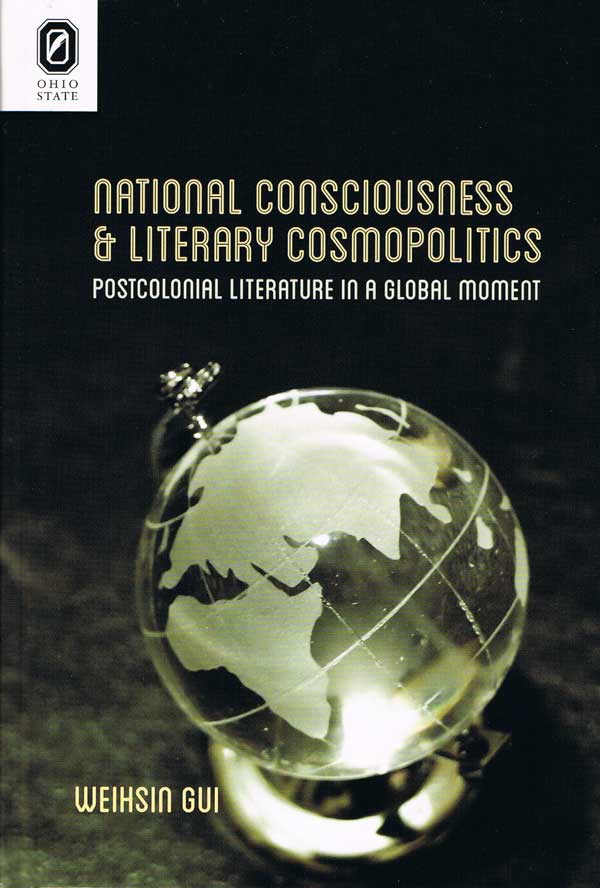“[Mazen Naous] discerns a poetics of visibility that brings new perspectives about the transformative cultural experience of Arab Americans. ... The author’s process of argumentation responds boldly to a certain deemphasizing of the aesthetic at the expense of the political.” —Youssef Yacoubi, American Literary History
“This work is absolutely convincing and compelling. Naous’s book will join and nicely fit into a growing corpus of work dedicated to the study of contemporary Arab American literature that seeks to deconstruct stereotypical representations.” —Nadine Sinno
“The Poetics of Visibility offers a vantage point and a level of expertise that have been missing in Arab American literary studies. This book will finally allow us to examine Arab American novels not merely as testimonials of a community but as the burgeoning literature of a people.” —Moustafa Bayoumi
How might art disrupt Arabophobia and Islamophobia in the US? In Poetics of Visibility in the Contemporary Arab American Novel, Mazen Naous argues that fiction is one of the ways in which Arab Americans can correct dominant narratives of themselves with representation of their lived realities. Looking at both the aesthetics and politics in contemporary Arab American novels, Naous demonstrates that the novels’ poetics cannot be extricated from or subsumed under political content. In his finely textured analyses of form and style, Naous uncovers crucial transcultural and transpoetic solidarities that extend beyond the politics of representation.
Naous’s book offers analyses of Diana Abu-Jaber’s Arabian Jazz and Crescent, Rabih Alameddine’s Koolaids: The Art of War, Laila Halaby’s Once in a Promised Land, and Mohja Kahf’s The Girl in the Tangerine Scarf as ways to answer this question. Naous explores how these novels negotiate queer desire, music, Western and Middle Eastern art, gender, and relationships between other minorities. These poetics enable readers to see the nuance and richness of Arab American experience. Naous ultimately argues that fiction creates crucial spaces for reimagining and redefining intercultural relationships.
Mazen Naous is Assistant Professor of English at the University of Massachusetts Amherst.
Contents
Acknowledgments
Introduction Poetics of Visibility, Visible Poetics
Chapter 1 The Disease as Queer Cure: Rabih Alameddine’s Koolaids: The Art of War
Chapter 2 Blue Notes and Accented Rhythms: Diana Abu-Jaber’s Arabian Jazz
Chapter 3 Sign after Sign: Mohja Kahf’s The Girl in the Tangerine Scarf
Chapter 4 Anagrams of Identity: Laila Halaby’s Once in a Promised Land
Chapter 5 Reframing Infidelity: Diana Abu-Jaber’s Crescent
Conclusion Arab American Polyphonics
Bibliography
Index





